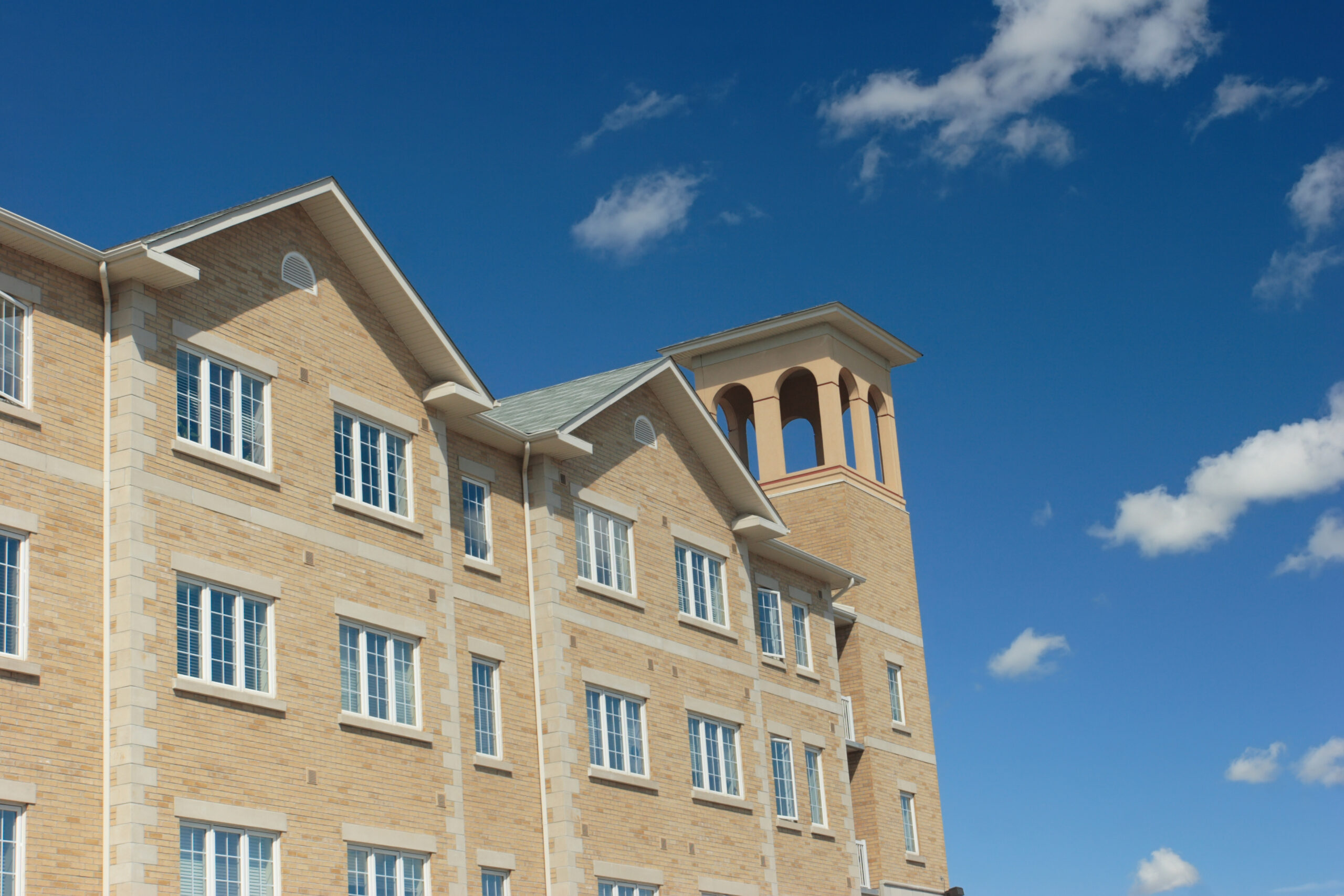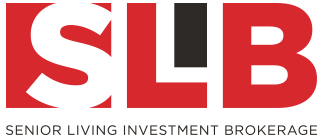
Ultimately, the valuation of senior living properties, and in-turn subsequent pricing decisions are the focal of point of a senior living transaction being considered a ‘success’. While there are many influences on pricing, many not necessarily being under the control of the owner/seller, these outside forces are nonetheless considered during the valuation process.
Being that the sale of a senior living property is a unique transaction, most often incorporating both the sale of the real estate, as well as the business, there are two common variables used when pricing a senior living property.
 The approaches that are most prevalent to senior living, are the Income Approach (or Capitalization Rates and Gross Income Multiple) and Sold Comparable. In most instances, these statistics serve as our cornerstones of valuation, and set the foundation for suggested list price.
The approaches that are most prevalent to senior living, are the Income Approach (or Capitalization Rates and Gross Income Multiple) and Sold Comparable. In most instances, these statistics serve as our cornerstones of valuation, and set the foundation for suggested list price.
This post will focus on the capitalization rate as a valuation tool used by investors, underwriters, brokers, lenders, and appraisers to determine the value of an income producing property.
To understand the capitalization rate (cap rate) approach of valuation, let me first explain how ‘EBITDAR’ is defined. Simply put, this is the earnings of a property before interest, income taxes, depreciation, and amortization, but after the industry standard management fee of 5% of revenues is added back, removing any prior management fee.
The cap rate is derived by dividing the EBITDAR of a property by its purchase price/value. For instance, in 2016 the average cap rate of an assisted living property was 8.5%, according to The Senior Care Acquisition Report.
The selection of a cap rate is directly related to the perceived risk of the property; those with cash flow, sound competitive profiles and a quality physical plant will carry less risk and justify a lower cap rate. Conversely, those senior living properties that are smaller, distressed or located in a less desirable markets will typically carry additional risk and thus a high cap rate.
Closing;
When determining the value of a senior living property, a qualified broker will be able to rely on interaction in the market, recently closed transactions, industry data; and property specific information, both positive and negative influences to determine an appropriate cap rate for you specific senior living property.
Upcoming posts will focus on Gross Income Multiples and Sold Comparables.
Please contact Brad Goodsell at 630.858.2501 or goodsell@slibinc.com to discuss a complimentary property valuation.


